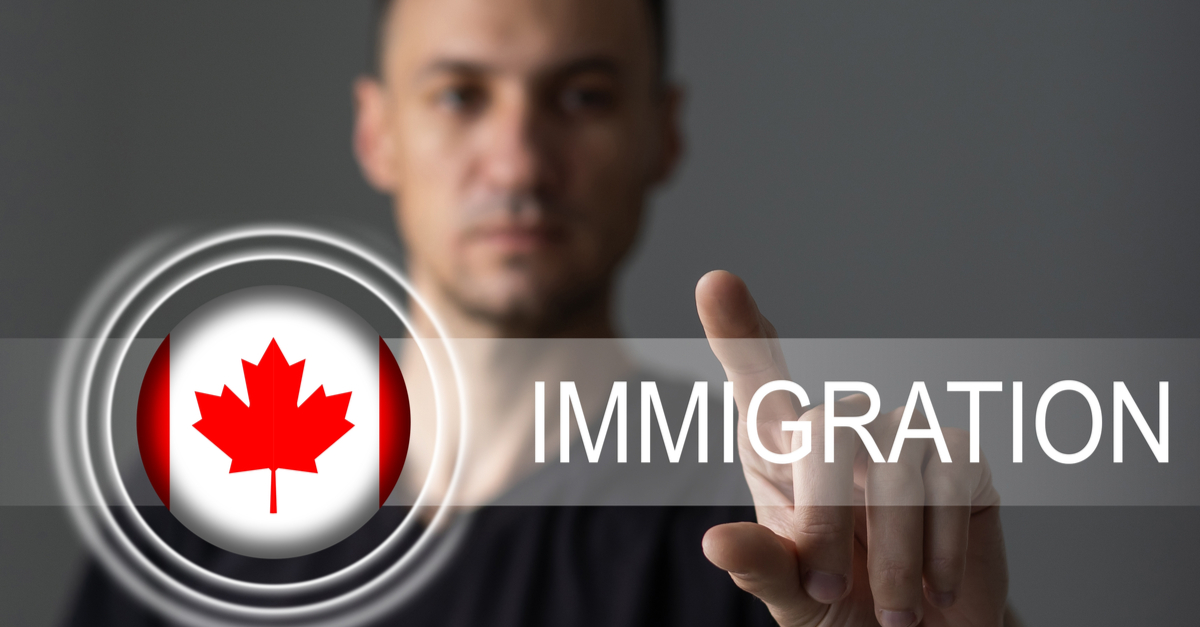Secondly, the transformation of graduates and essential workers into temporary residents between May and November last year is another program that boosted the rise of immigrants in the country a great deal. The Temporary Resident to Permanent Resident (“TR2PR”) Program came after the CEC program and admitted over 7,000 immigrants in January.
The Provincial Nominee Program was the third program that helped boost the number of immigrants under the economic class in the country. The program saw the number of immigrants rise by 4,200 landings.
Finally, the Federal Skilled Worker Program (FSWP) aided the influx of economic class immigrants by 2,600 landings. Despite the low landings realized by FSWP, it still contributed to the rise in the number of economic class immigrants into the country in January.

The reason behind FSWP’s decline in the contribution of immigrants
FSWP has been the leading contributor to economic class immigration since 1967, when it was founded. However, the numbers declined last year primarily because the IRCC slowed down Federal Skilled Worker Program (FSWP). IRCC sowed down FCWP to allow for more transition of international students, temporary foreign workers, and other temporary residents to permanent residents to fulfil the target of the 2021 levels plan. It was easier to transition immigrants who were already in the country than to solicit new ones because of the complications brought about by the Covid-19 pandemic. After the pandemic subsided, the IRCC began to process more FSWP applications and had processed more than 9,000 immigrants between December and the end of February.
The 35,260 immigrants realized in January could ironically represent a low point in the monthly landings in the country. IRCC expects to see an even higher number of immigrants in the country due to the travel ban that annihilated the normalcy of travel into Canada. Before the pandemic, Q1 and Q4 of each year were seasons that would realize lower immigration landings because of the chilly weather, whereas the warmer months of Q2 and Q4 would see a rise in landings by around 40 per cent. This year, the numbers are likely to be high in Q2 and Q3 because the IRCC is processing more applicants abroad. The numbers might not hit the normal 40 per cent increase because IRCC has to process in-Canada permanent residence applications first. However, the lift of travel restrictions and the heavy investment in modernizing immigration application and processing by the IRCC is expected to increase the number of immigrants into Canada this year.






